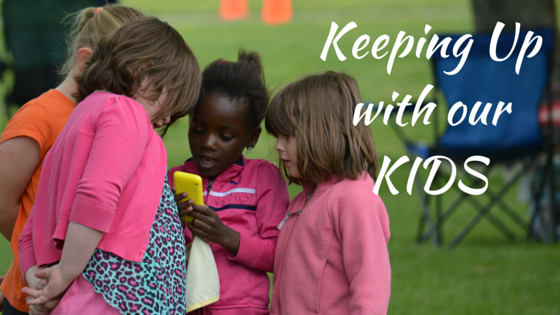Ask any teenager what kind of social media they are using these days, and you better be ready for a long answer.
I asked my stepson, who is 14-years-old, what he and his friends are using.
Hopefully, you recognize most of these answers, but if I were to ask in another 6 months, I’m sure there will be different responses from this same kid. Social media and the way we communicate are always changing.
With all of the platforms out there—and options to communicate—how can your school keep up?
You can’t.
That’s right. You can’t keep up. You can’t be on the cutting edge of the next big thing right as it happens. You don’t know what platforms are going to stick and what ones will fizzle out. Devoting resources to all of them will keep you scattered in so many directions, you won’t know whether you’re posting, tweeting, texting, or video-chatting!
So what can you do?
Follow the tried and true KISS philosophy – Keep it Super Simple. Here are my tips to do just that:
- Start with one social media platform and do it well. I still recommend Facebook for starters, although many schools have found Twitter a bit easier to implement first (the 140 character limit probably seems less intimidating). Only add another channel when you’ve built a strong following on your first platform. Great advice can be found in Kristin Magette’s book “Embracing Social Media.” I strongly urge every school leader to read this book, and find out here how to get it 35% off until school starts.
- Have a strong district-wide presence before separating out different pages for each school (ie elementary school, middle school, high school). Consistency of posts and good interaction is key when building a loyal following from your community. If you split your fans out across too many pages, you are likely to make less of an impact instead of more. Every post that is made won’t apply to all students or parents, but many fans will enjoy seeing the updates, celebrations, and reminders.
- Get everyone involved in telling your story. While you need a go-to person or team to manage the actual posts, everyone from staff to students to the community should be sharing items that could help tell the story of your school. There are plenty of options to ask for content from your devoted fans through the use of a customized hashtag, direct messages, or e-mails.
- Develop a system. Organizing images, scheduling posts, and identifying weekly post ideas are a great way to ensure that you are able to keep up with getting great information out to your community. It is still summer, and back in June I shared a blog post titled, “Three Summer Projects to Make Social Media a Breeze Next School Year.” It’s not too late to revisit these ideas and put them into action before the first bell rings in September.
Feeling overwhelmed is not enjoyable. If that is the way you feel with social media, take a step back, take a big breath, and review the tips above.


